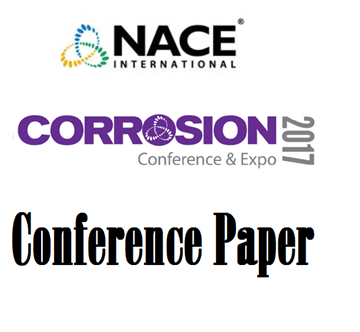Search
Products tagged with 'microstructure'
View as
Sort by
Display
per page
Important Factors in Pipe Butt Welding of Super Duplex Stainless Steel (SDSS) UNS S32760 Using the GTAW Welding Process
Product Number:
MPWT19-14287
Publication Date:
2019
$0.00
Metallurgical and Micostructural Effect on CVN Impact Toughness in 2,25Cr1Mo Weld Metal
Product Number:
MPWT19-15280
Publication Date:
2019
$0.00
Microstructure Characterization Of Additively Manufactured Alloy 718
Product Number:
51323-19419-SG
Publication Date:
2023
$20.00
Microstructure Characterization Of Alloy 600TT Steam Generator Tubing
Product Number:
ED22-17239-SG
Publication Date:
2022
$20.00
Recent Experiences with UNS N08031 Plus Roll Bond Cladding
Product Number:
51317--9470-SG
ISBN:
9470 2017 CP
Publication Date:
2017
$20.00
Sucker Rod Materials - Metallurgical Quality Evaluation And Its Influence On General Corrosion Resistance
Product Number:
51321-16733-SG
Publication Date:
2021
$20.00






